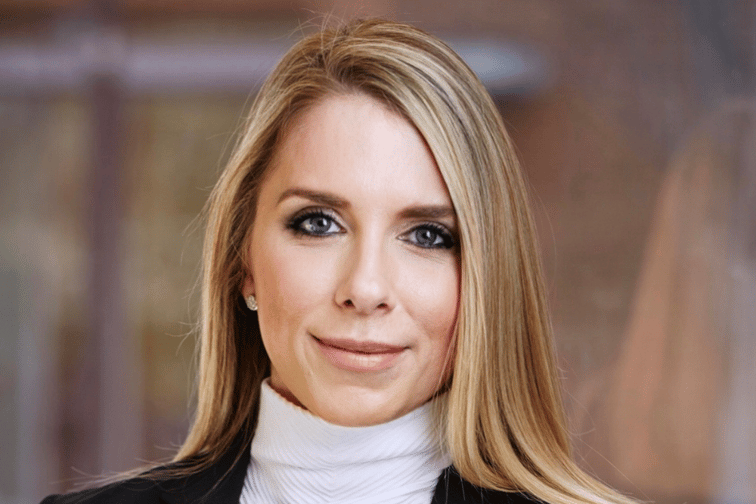

The limited amount of carrier capacity to write policies for properties in high-risk zones has brokers working with insurers more than ever to find creative solutions for family offices, according to Lacey Garrison Strom (pictured), executive vice president, director of private client practice at Heffernan Insurance Brokers.
“You have fewer carriers to access for a $23 million home than you would with a two- or three-million-dollar home,” Garrison Strom said.
This is due to challenges with predictive modeling in illustrating how climate change may be a future threat in areas like California and Florida, resulting in high reinsurance rates.
As a result, brokers and carriers are looking to find solutions for clients whose assets are a mix between personal and commercial lines, not strictly one or the other.
“What we’re starting to see is creativity in the marketplace, where carriers are figuring out a way to rewrite a contract,” Garrison Strom said. “It’s more commercial in nature, and they can have some limitations on coverage, higher deductibles, and coverage caps in certain areas.”
The EVP noted that this mindset is a positive sign forward, whereas four or five years ago, these conversations were not taking place.
“Now they’re starting to realize that this is an area within their companies that they need to invest in, and they’re hiring really talented people in these spaces, a huge sign that they realize that there’s value there,” she said.
In an interview with Insurance Business, Garrison Strom spoke about why brokers need to be in constant communication with insurers to navigate these challenging times, and how risk prevention and mitigation is crucial for family offices open to novel solutions.
In states like California and Florida, which have faced a slew of carrier exits, Garrison Strom believes that thorough and transparent communication with insureds is key in alleviating existential anxieties about capacity and rates.
“Right now, insurance is more of an annoyance than ever because it’s become more emotional,” she said.
It is crucial for brokers to explain that while the current hard market is certainly tough, it will not be like this forever, especially as carriers and other insurance professionals research and deploy novel solutions to fix these challenges.
One talking point is the combination of personal and commercial lines hybrid policies, a trend that is gaining momentum.
To stay even further ahead of the curve, brokers need to work with their carrier partners to move past the familiarity of admitted products, according to Garrison Strom.
“Oftentimes, brokerage firms concentrate only on admitted products,” the EVP said. “We really need to know what’s going on with non admitted as well, as those are the contracts that are going to be more flexible and offer creativity for these clients.
While experimenting with different types of products and packages is key, it must not come at the expense of unfairly high premiums.
Garrison Strom and her team recently spoke with Lloyd’s of London underwriters offering parametric solutions and were willing to charge anywhere from a five to seven dollar rate online for wildfire and earthquake products, something she equated to extortion.
“You can’t just charge an exorbitant amount and not give them a quality product,” she added.
While family offices can amass a large total insured value, the handling of these items and services is different to normal insurance clients.
“Carriers are more interested in this space because of how well these clients take care of their homes, artworks and vehicles,” Garrison Strom said.
“Also, there’s the element of maintaining a good PR image, meaning that they are actively trying to avoid any litigation from employees within these offices.”
These clients are also building their homes and businesses with certain subjectivities in mind, such as using more resilient and state-of-the-art building materials or ergonomic safety considerations for their domestic staff team and making sure occupational safety courses are being deployed at the homes.
“These clients are more receptive to advice in this space,” the EVP noted.
While brokers are working with carriers and underwriters to develop different products to satisfy the needs of family offices, newer risk mitigation is also necessary beyond what these clients have already.
“We’re bringing in wildfire and hurricane mitigation teams to meet with these clients, so they have a better understanding of what’s at stake,” Garrison Strom said.
“Elsewhere, we’re talking through earthquake retrofitting with them.”
There are also increased talks of the need for having a self-insured retention, as well as having a deductible on their umbrella policy, which happens in the commercial marketplace all the time.
“At the end of the day these clients don’t want to have to self insure and we don’t want them to,” Garrison Strom said.
“Quite frankly, it’s scary if they decide to self insure, because will they decide to come back to us? And we also don’t want them to have to deal with managing a claim on their own.”
